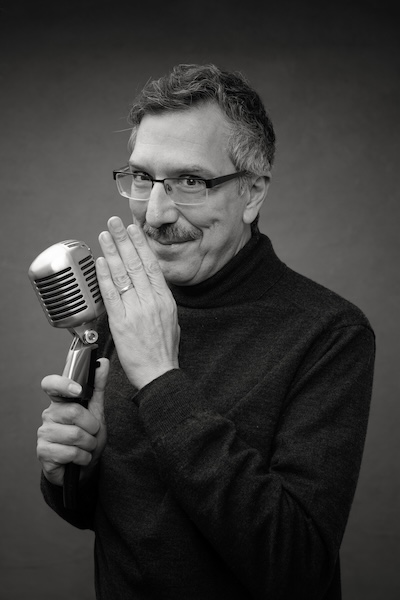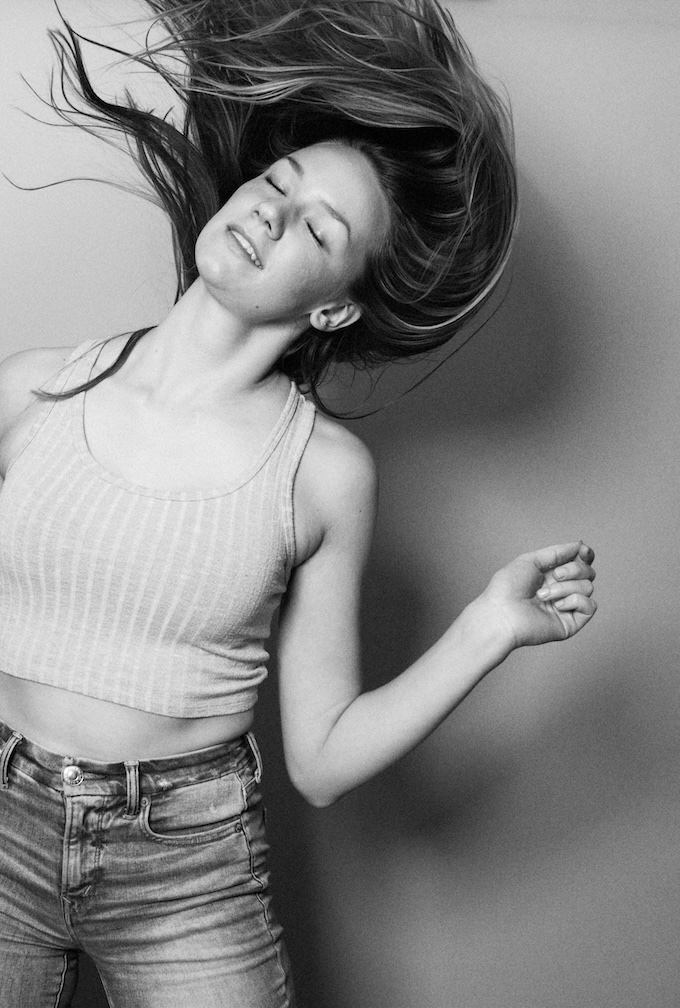Beauty, Glamour + Fashion
How to Put Models at Ease for Beauty Photography Shoots
August 13, 2019
From my first shoot with new face, Rachel Connor. Rachel was new to Los Angeles and this was her first beauty shoot. Using the four tips I discuss, I very quickly got her to feel comfortable and captured what has become one of my favorite images.
More so than any other genre in photography, shooting beauty has the potential to make even a seasoned model nervous. There is little to no background or location, minimal styling, and there is rarely anything for them to use or interact with in order to create a compelling image. It’s completely up to them to use almost solely their hands and face to create something that captivates the viewer. Add on the fact that when shooting beauty, both my camera and I are very close to my subject, which can easily be intimidating.
Taking all of this into account: It’s incredibly important to quickly put your subjects at ease so you can pull off a successful shoot every time. Here’s how to get there.
Be confident.
Even if you don’t feel confident, fake it. There is nothing that will throw a model off their game faster than a photographer who doesn’t appear to know what they are doing. Your subject wants to know that you’re going to capture amazing images of them, so don’t let them think you’re going to do anything other than that.
I still have shoots where I show up and I don’t exactly know what I’m going to do. Do I shoot outdoors? Use natural light? Set up a studio? Incorporate gels? What if I make the wrong decision?! It’s okay for these thoughts to run through your mind; the key is not letting them trip you up.
Often, if I’m not sure about how I want to photograph someone, I’ll set up my studio with flattering lighting that I know will look good on everyone. I then have a short conversation with my model and let her know that I’m planning on taking a couple of test shots outdoors to see how the natural light and makeup is reading on camera. This way, I can easily see if natural light is the way to go or if I should move indoors while never letting my model know that there was a big question mark inside my head.
Act professional.
Provide an appropriate shooting environment for your model, no matter where you are and level of budget. Sometimes I forego a typical studio and shoot out of my house. If you do, make sure any area where your beauty team and model will be is clean. I always ensure my bathroom, kitchen and living room are spotless, and I make sure that I have a few snacks and drinks (water, coffee, tea) available to help people feel more at home.
Also, provide a professional beauty team that you trust. If you don’t have confidence in your hair and makeup team, neither will your model.
Play to the subject’s strengths.
One of the quickest ways to make your subject feel awkward is to ask them to do something they don’t normally do right off the bat. This is why I think it’s important to do a little bit of research prior to the shoot to get an idea of your model’s “natural self.” This means figuring out what they will likely feel most comfortable doing—a cool/bored vibe, youthful and bubbly, sultry and intense, etc.—and starting with that.
To do this, I gather information in three ways:
- Their Agency Portfolio
This lets me see very quickly what kinds of expressions they typically give on camera (more commercial vs. editorial, say). The images in their agency portfolio also give me insight as to how their agency is marketing them to clients and what their agent thinks their natural strengths are. - Their Instagram Feed and Stories
A model’s social media generally gives me a pretty good glimpse of their personality. Being able to see which (professional) photos they choose to post gives me an idea of how they like seeing themselves on camera. - Observing Demeanor in Hair and Makeup
I always spend a bit of time simply listening and taking note of how the model interacts with the beauty team to garner if they are outgoing and really animated or a little more quiet and reserved.
I’ve learned over the years that I get the best results if I allow my models to show me how they would pose naturally, instead of micro-posing them. Once I’ve garnered that information, I can then quickly adjust their posing and body language without breaking the rhythm of shooting.
Compliment, don’t criticize.
Perhaps once you begin shooting, you find that your model isn’t giving you what you want. Instead of being quick to point out what’s going wrong, take the opportunity to let your model know what she’s doing right. Find the high points in the images (maybe it’s her smile) and compliment them, while mentally making note of the low points (maybe her hand positions are too stiff). You can then follow that up with what you’d like to see differently.
For example: “Your smile is amazing in this set of images, but the hand positions aren’t quite working for me. Let’s try another set and this time, I’ll have you relax your hands a bit more.”
As opposed to: “Your hands are looking really awkward, can you do something different?”
I also find it helps to let your model see the monitor occasionally. Show her how amazing the photos are turning out—and if necessary, point out small things that you’d like her to try differently.
Angela Marklew is a beauty, fashion and portrait photographer based in Venice, California. Before she was a photographer, she worked as a chemist testing explosives for the Canadian government.
READ MORE
What’s in a Beauty Photographer’s Gear Bag?
Beauty in Black & White: How to Find a Tonal Balance with Different Types of Light
3 Posing Tips That Will Instill Confidence in High School Seniors





